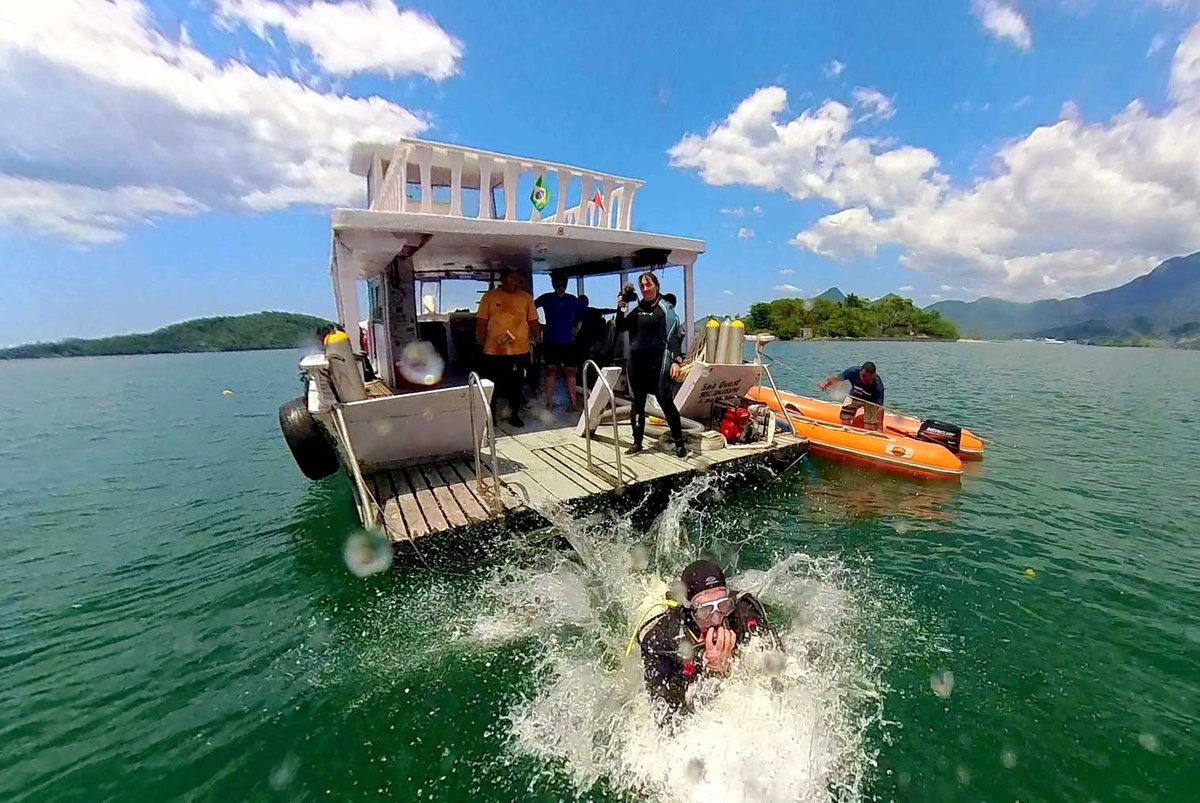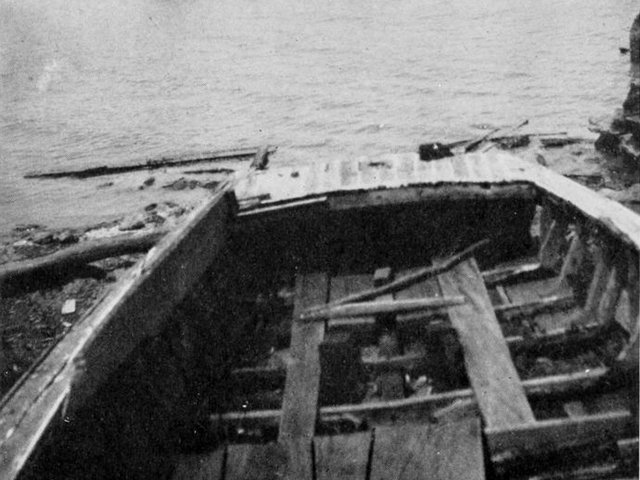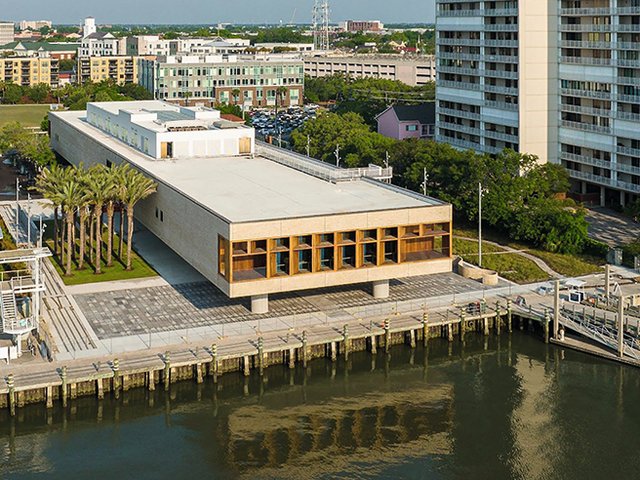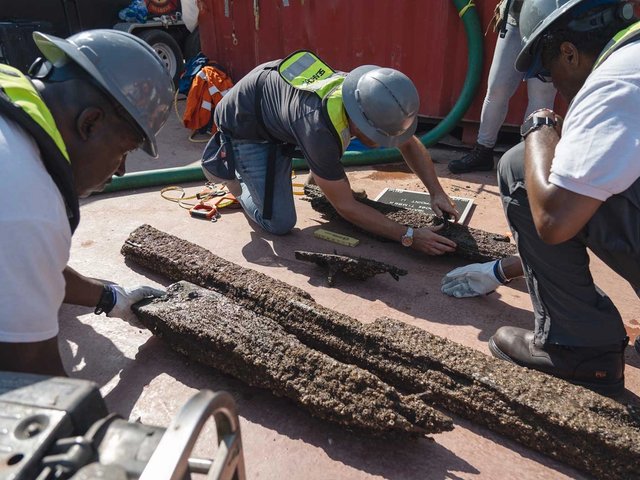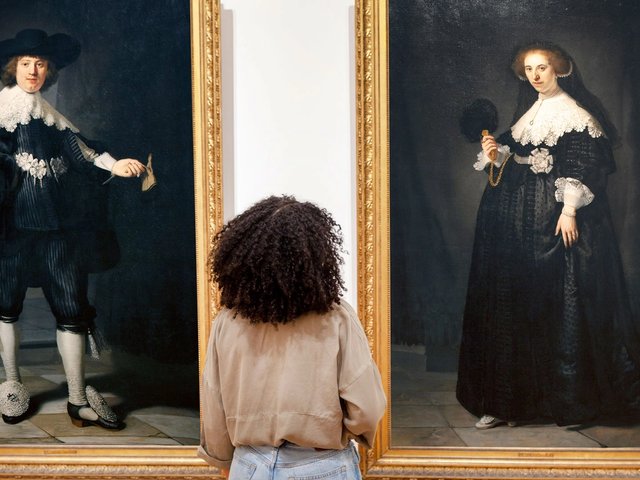Years after the transatlantic slave trade was criminalised, a ship known as the Camargo transported more than 500 enslaved Africans from Mozambique to the south-eastern coast of Brazil. The ship was covertly sunk shortly after it docked in 1852 in Angra dos Reis, in the state of Rio de Janeiro, to destroy evidence of the crime. Although the wreck of the Camargo has been known to local communities for generations, researchers are only now beginning to study the ship, which is thought to be the oldest slave ship ever discovered.
Research on the Camargo is being spearheaded by a multidisciplinary team of archaeologists, academics, film-makers and community leaders of the Quilombo Santa Rita do Bracuí—descendants of enslaved Africans brought to the region. The nonprofit AfrOrigens Institute was established in 2023 to administer the project, and it received a $295,000 grant from the US Ambassadors Fund for Cultural Preservation last year.
Awareness around the shipwreck first emerged in the mid-1990s, when the Brazilian historian Martha Abreu discovered newspaper clippings referencing the ship. “There were records of a slave revolt in a nearby plantation, and the enslavers wrote that all the insubordination was linked to the Camargo, the last slave ship that arrived after slavery was banned,” Abreu tells The Art Newspaper. “Although we do not know how many people survived the Camargo, it was reported that the police apprehended 72 Africans who had arrived on the ship.”
Around a decade later, Abreu launched an oral history project to preserve the stories of descendants of enslaved people, visiting the Quilombo and connecting their accounts of the Camargo with her past research. “The community knew about the ship and that it was sunk,” Abreu says. “We were able to link this important information but did not have the financial support at the time to go and find the Camargo.”
Momentum to locate the shipwreck restarted when the marine archaeologists Gilson Rambelli (who published a research paper calling for further study on the Camargo) and Luis Felipe Santos embarked on an expedition of the Bracuí river in Angra dos Reis in 2022. They found timbers and a hull that aligned with historical records of the Camargo and accounts from the Quilombo community.
“We cannot speak about anti-racist struggles, historical reparations or social justice without considering the need for archaeological evidence and material culture,” Santos says. “Archaeological sites related to slavery in the Americas are political tools in advancing the economic empowerment of communities most affected by the legacy of slavery and colonialism.”
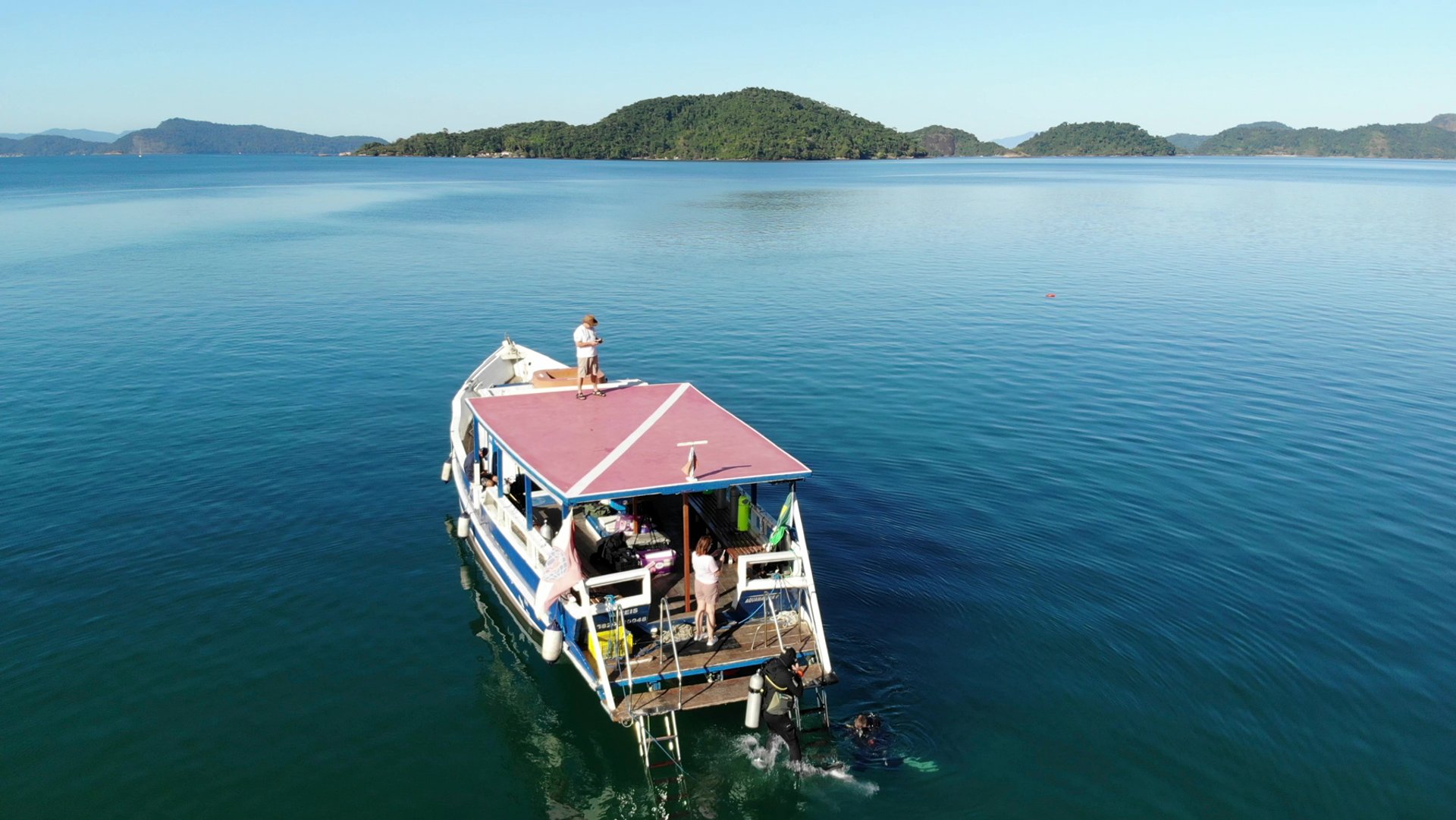
Courtesy AfrOrigens
Beyond Brazilian history
Additional funding for the project has come from the Slave Wrecks Project (SWP), a maritime archaeology initiative co-organised by the Smithsonian’s National Museum of African American History and Culture and George Washington University in Washington, DC. The SWP provided technical support that enabled archaeologists to use survey methods like magnetometry to find the shipwreck in 2023; it was officially declared “discovered” in 2024.
“Our mission is to support our national partners, who are trying to recover this global and shared history of the slave trade,” says Stephen Lubkemann, a maritime archaeologist and co-director of the SWP. “It’s not just Brazilian history; the Camargo also speaks to the ways Americans were involved in the slave trade long after it was illegal in the United States.”
It was the slave trader Nathaniel Gordon, an American from Maine, who both captained and sunk the Camargo. He evaded arrest for several years after his departure from Brazil but was apprehended in 1860 while captaining another slave ship off the coast of West Africa. He was sentenced to death in New York City in 1862.
The first phase of fieldwork on the Camargo concluded in June and lasted two weeks. It is expected to be completed in around three years and cost up to $2m. Most of the funding will be designated to studying and conserving historical artefacts, preparing the site for future visitation, and creating a digital map of the wreck and its surroundings.
Quilombo community members were trained to assist with the fieldwork, learning how to dive and earning scuba certifications, and will advise on the ship’s artefacts as they resurface. In the future, researchers envision that community members will be able to take visitors to the underwater site and sell tickets for the excursions.
Although Brazil banned transatlantic slavery in 1850, slave trading is thought to have lasted into the 1860s. Archaeologists are researching not only the Camargo shipwreck—which is thought to have been well preserved by layers of mud—but also the area around it, where there were farms, sugarcane plantations and mills that used slave labour. Researchers expect to find an assortment of artefacts like shackles, bottles, ceramics and other objects.
“We are interested in preserving the site and ethically removing enough artefacts to tell the story, but not become a burden in terms of conservation,” Lubkemann says. “We want to create a site of memorialisation—somewhere people can visit and that will benefit the local community.”
The filmmaker Yuri Sanada, a co-founder of AfrOrigens who is participating in the fieldwork, is working on a film about the Camargo. (He says that, until recently, slave shipwrecks received “no funding or interest” and remained a “taboo” subject.) AfrOrigens is also supporting research on a shipwreck in Maricá, Brazil, and other sites of interest to strengthen scholarship of the African diaspora in the Americas.
“There has been little archaeological research on slave shipwrecks,” Sanada says. “Hundreds of shipwrecks—from the First World War to ancient Greece—have been researched, but only about six slave shipwrecks have been identified and studied, although more than 12,000 ships crossed the Atlantic
Ocean with enslaved people onboard. If you came here as a slave, the history of your ancestors was erased. The Quilombo knew that it was that ship that brought their ancestors to this part of the world. The shipwreck is their first material proof, and it helps them to have a claim to their land.”


